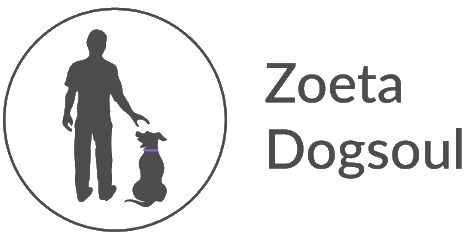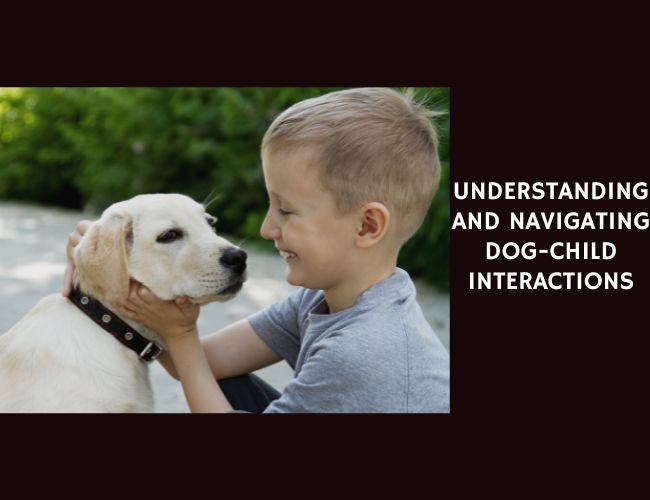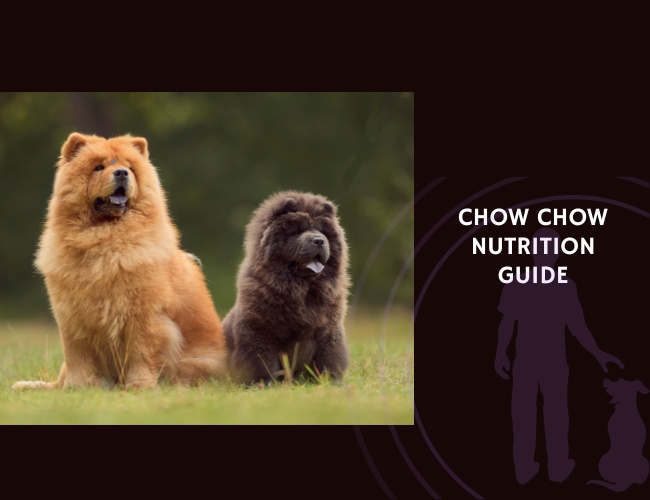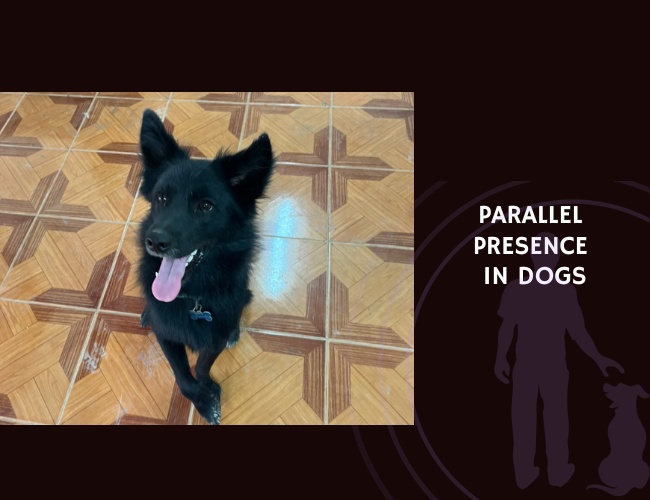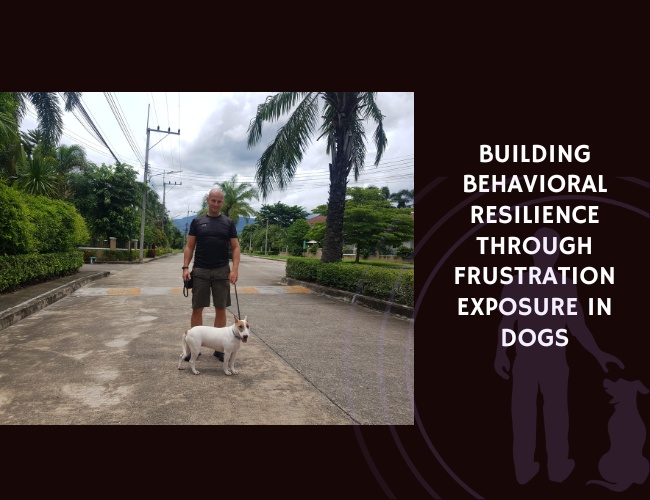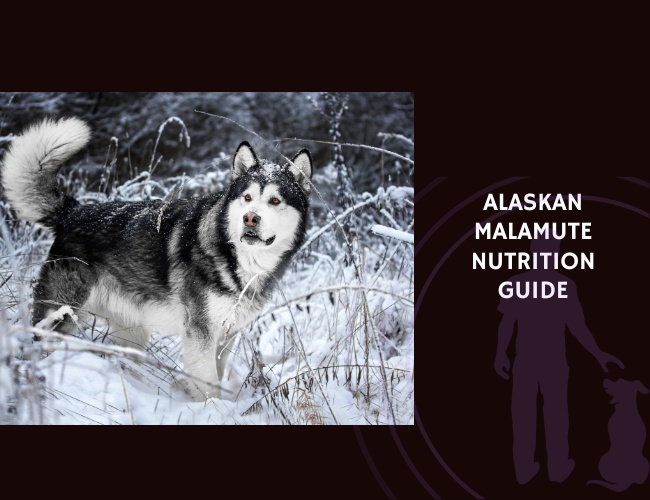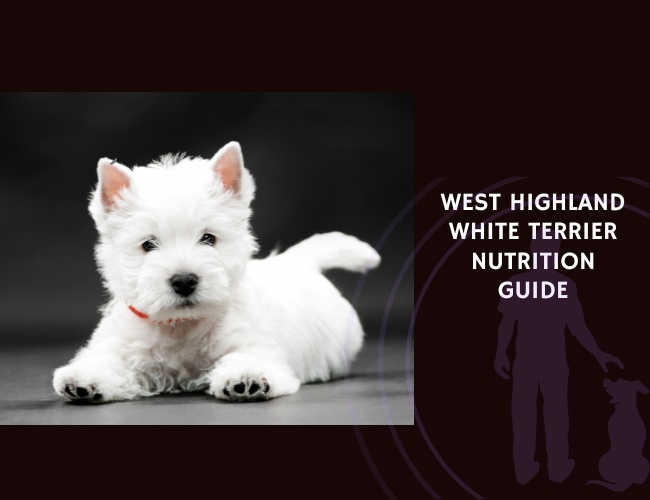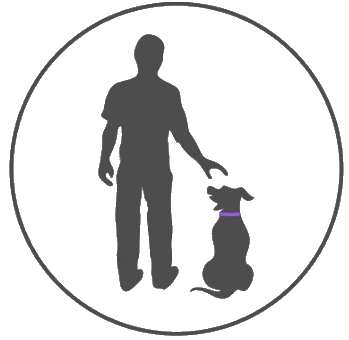Building a strong bond between dogs and children can be an incredibly rewarding experience. However, it’s crucial that we understand the dynamics of these interactions. Recognizing the importance of understanding dog-child interactions is the first step in facilitating a comfortable and safe relationship. This involves acknowledging that dogs and children communicate in inherently different ways. While children may express their feelings verbally or through body language, dogs rely heavily on a complex system of non-verbal cues. With sad regularity, there are reports of seemingly peaceful dogs suddenly attacking and injuring children. Often, these incidents stem from misunderstandings and miscommunication between the two parties. In this article, we’ll delve into the dynamics of dog-child interactions, analyze real-life scenarios, and provide strategies for fostering positive relationships between children and their canine companions.
The Importance of Understanding Dog-Child Interactions
When dog-child interactions go well, they can foster empathy, compassion, and responsibility in children. At the same time, they can provide dogs with a stimulating and caring environment. However, when these interactions are misunderstood, they can lead to stress, fear, and potentially dangerous situations. Understanding these interactions helps prevent accidents, fosters mutual respect, and promotes a loving bond between your child and their furry friend.
Common Misconceptions About Dog Behavior and Potential Reasons for Sudden Aggression
Misinterpretations often arise from common misconceptions about dog behavior. For instance, many believe that wagging tails always signify happiness. However, tail wagging can also indicate fear, tension, or even aggression. Another misconception is that dogs are naturally tolerant towards all types of human behavior. In reality, dogs have boundaries just like humans do. Actions such as hugging or tugging can sometimes trigger aggressive responses from dogs if they feel uncomfortable or threatened.
Real-Life Examples of Misunderstandings in Dog-Child Interactions
Let’s consider some real-life examples to illustrate these points. Imagine a child sees a dog wagging its tail. The child associates this with happiness, believing the dog wants to play, and rushes towards it. If the dog was actually anxious, this sudden movement could escalate the situation, possibly leading to a defensive bite.
In another scenario, a child might hug their pet dog tightly around the neck, viewing this as a sign of affection. The dog, however, might see this as a threat or restraint, leading to discomfort and potential aggression. Such instances underline the importance of understanding the distinct communication styles of dogs and teaching children appropriate ways to interact with them.
Consider this common scenario: You’re out for a walk with your leashed dog when an enthusiastic child approaches to pet your dog. While the child’s intentions are innocent, the dog might perceive the situation differently. From the dog’s perspective, a larger creature is rushing toward it with outstretched arms and bared teeth. This can trigger the dog’s instinct to protect itself, leading to a stiffening posture, growling, or even snapping.
On the other side, the child sees a friendly dog and approaches with joy. But it’s important to understand that dogs don’t interpret the world in the same way humans do. A child’s laughter and playful demeanor might be misread by a dog as threatening behavior. This is where education and supervision play a critical role in preventing misunderstandings.
Let’s examine a few practical examples to illustrate the complexities of dog-child interactions and propose effective solutions:
The Toy Tussle: In this scenario, a dog takes a toy from a child, who reaches for it and triggers a growl from the dog. To address this, clear boundaries should be established. Rituals, like designated play times for the dog followed by grooming, can help communicate that the child is a member of the family and deserves respect.
The Ignored Call: A child ignores their mother’s call, prompting the dog to nudge the child and eventually growl. Dogs, in their perspective, might see themselves as supporting the adult’s authority. Redirecting the dog’s attention through activities like herding a stuffed animal or engaging in mental exercises can help.
Overenthusiastic Play: A child plays roughly with the dog, which initially walks away but ultimately growls. Education is crucial here. Children must understand that dogs aren’t toys and deserve respect. For younger children, consistent supervision and guidance are essential.
The Significance of Growling
Growling is a fundamental form of communication for dogs. It’s a signal that shouldn’t be suppressed or punished. Instead, it’s an opportunity for both adults and children to understand and respond to the dog’s discomfort. Ignoring growling might lead to more concerning behaviors or even aggressive reactions. When a dog growls, it’s a signal that it’s feeling stressed or threatened, and it’s a chance to step in and manage the situation appropriately.
Fostering Healthy Dog-Child Relationships
Education for Both: Teach children about a dog’s body language, the importance of gentle interactions, and the concept of personal space for dogs.
Supervision: Never leave dogs and children alone without proper supervision. This prevents potential conflicts and allows adults to intervene if necessary.
Positive Reinforcement: Reward your dog when it interacts calmly with children. This helps reinforce positive behavior.
Socialization: Expose dogs to various experiences, including interactions with well-behaved children, to help them become more comfortable and confident.
Understanding the Dog’s Perspective
To fully grasp the dynamics of dog-child interactions, we must first understand the world from a dog’s viewpoint. Dogs perceive humans, including children, differently than we perceive each other. While dogs are highly domesticated and often considered part of the family, they continue to interact with their surroundings based on their innate instincts and behaviors.
How Dogs Perceive Humans, Especially Children
Unlike adults, children are more unpredictable in their actions, which can sometimes confuse or frighten dogs. Their quick movements, high-pitched noises, and tendency to invade personal space may appear threatening to a dog. Dogs also rely heavily on scent and body language to communicate, making it possible for them to misinterpret a child’s intentions. This is why it’s crucial to supervise any interaction between a dog and a small child closely.
Dog’s Body Language and Signals
The second key to understanding dog-child dynamics is recognizing a dog’s body language and signs of discomfort or aggression. Just like humans, dogs have their own way of expressing emotions. They might wag their tails when happy, lower their heads when submissive, or growl and show teeth when threatened. These signals serve as a clear warning that something is wrong.
Common signs of distress or agitation in dogs include bared teeth, flattened ears, wide eyes, stiff body, and tail tucked between legs. Understanding these signals can help prevent potential incidents. It’s especially important to teach children not to approach a dog showing signs of discomfort or aggression.
Situations Where Dogs May Feel Threatened
It’s also essential to be aware of situations where a dog may feel threatened by a child’s behavior. For instance, a dog may feel cornered if a child approaches while it’s eating or sleeping. Similarly, a dog might find a child’s sudden movement or loud noise startling, prompting a defensive response.
Even seemingly harmless games from a child’s perspective, like pulling a dog’s tail or ears, can cause stress or fear. Another common situation is when a dog perceives a child’s toy or belongings as its own and becomes possessive. It’s important to remember that these responses are not a reflection of the dog’s temperament but an instinctive reaction to perceived threats.
In understanding the dog’s perspective, we can facilitate safer and more positive interactions between dogs and children. The next sections will delve into the child’s perspective and discuss specific scenarios at home. We’ll also cover the vital role of growling in dog communication and debunk some myths about “child-loving” breeds.
Understanding the Child’s Perspective
When we delve into the world of dog-child interactions from the child’s perspective, it’s crucial to understand how children perceive dogs. From a young age, children often view dogs as their playmates, sources of comfort, and even protectors. They are naturally drawn to the appealing features of dogs: their fur for tactile satisfaction, their active nature for play, and their expressive eyes for emotional connection. However, this innocent perception can sometimes lead to misunderstandings.
Children, especially those very young ones, may not be capable of deciphering a dog’s signals accurately. For instance, a child might see a dog’s bared teeth as a smile, not realizing it’s a warning sign. Similarly, when a dog is growling, a child might think it’s just part of the dog’s playful demeanor. This misinterpretation of dog signals can pose risks, leading to sudden and unexpected aggression from the dog. The American Veterinary Medical Association reports that among children, the rate of dog-bite–related injuries is highest for those ages 5 to 9 years old, highlighting the potential dangers in these interactions.
Given these risks, it’s crucial to educate children about proper behavior around dogs. One effective method is through role-playing, where you can demonstrate the right and wrong ways to approach or touch a dog. You can also use story books or videos that highlight safe interaction with dogs. Moreover, teaching children to respect a dog’s personal space and to recognize signs of discomfort or aggression is vital. It’s equally important to supervise interactions until you’re confident that the child understands these boundaries.
While it’s our responsibility as adults to ensure these interactions are safe and positive, it’s essential to remember that education should go both ways. Just as we teach our children about respecting dogs, we should also train our dogs to behave appropriately around children. This mutual understanding forms the basis for a healthy and safe relationship between them.
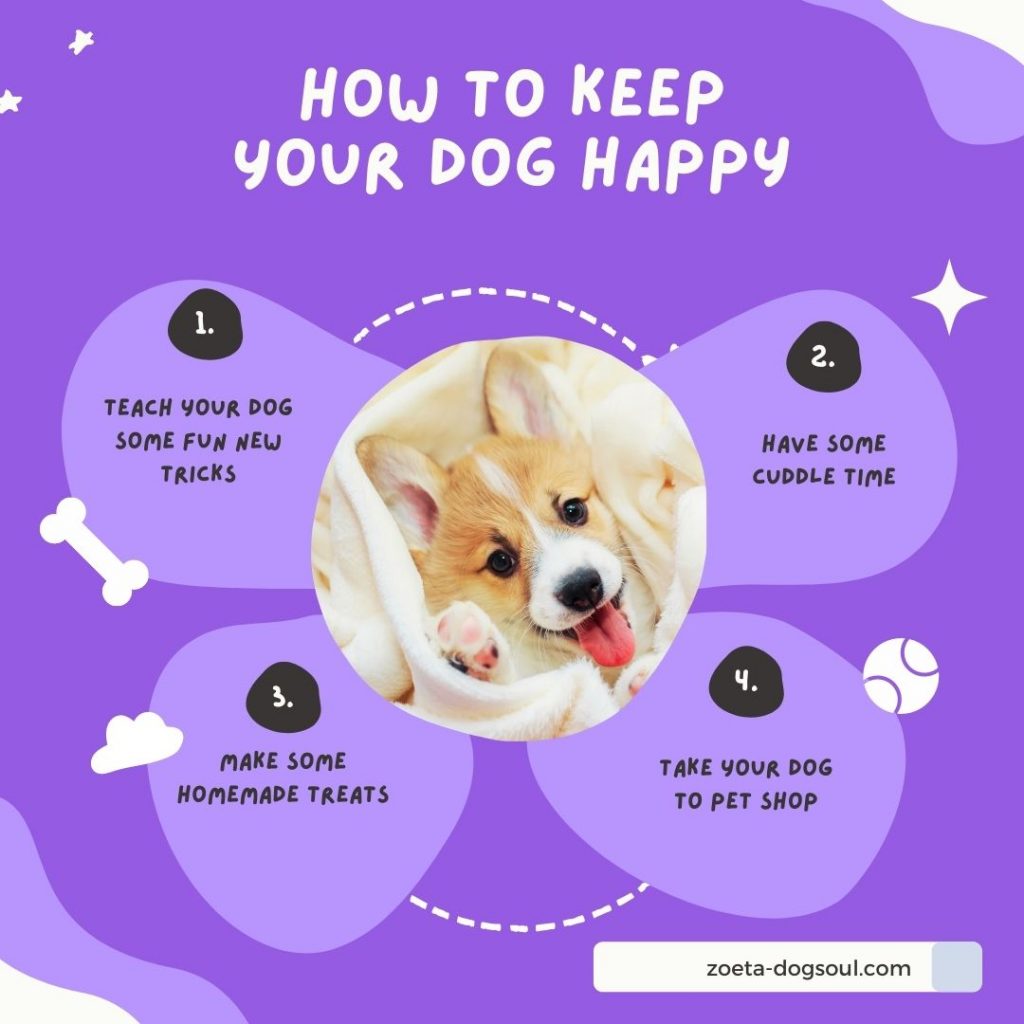
Specific Situations of Dog-Child Interactions at Home
At times, the familiarity and comfort of our homes can be a backdrop for misunderstandings between dogs and children. Let’s delve into some common scenarios where these interactions could potentially go awry.
Scenario 1: The Child Interrupting a Dog’s Meal
Imagine this situation: Your child sees your dog eating and decides to approach, or perhaps, join in the fun. From the child’s perspective, it’s a chance to bond. However, from the dog’s viewpoint, this could be seen as a threat to their food resources, leading to defensive behavior or even aggression. It’s important to remember that dogs, like humans, need their personal space, especially during meal times. The solution? Educate children to respect a dog’s space, particularly when they’re eating.
Scenario 2: The Overly Enthusiastic Hug
Children often display their affection through hugs. But what feels like a cuddle to a child can feel confining or threatening to a dog. A dog may freeze, show the whites of their eyes, or even growl – all signs of discomfort. Children should be taught that ‘doggy cuddles’ are different from hugging humans. Instead, soft petting, gentle talk, and positive reinforcement work wonders in bonding with a pet.
Scenario 3: The Playful Chase
Children love to play chase, but dogs might interpret this as predatory behavior. As the chase escalates, so does the dog’s fear, which might result in an instinctive snap or bite. Here, the key is to provide alternatives to this game. Fetch, hide and seek, or trick-training sessions can be fun and enriching activities for both parties involved.
Scenario 4: Pulling Tail or Fur
Younger children, in particular, may not understand that pulling on a dog’s tail or fur can cause pain or distress. Dogs might yelp, move away, or even retaliate if the child persists. Teaching children to gently stroke the dog’s back or to scratch behind the ears can help avoid these unpleasant situations.
In all these scenarios, it’s crucial to remember that neither the child nor the dog is ‘at fault.’ They’re simply navigating their relationship based on their individual perceptions and instincts. Supervised interactions, clear boundaries, and mutual respect can go a long way in fostering a safe and loving environment for both children and dogs.
The Role of Growling in Dog Communication
Let’s dive into the fascinating world of canine communication, focusing particularly on the often misunderstood aspect – growling. Just as we humans express our emotions and thoughts through words, dogs communicate their feelings using a variety of sounds, body language, and facial expressions. Among these, growling plays a pivotal role.
Why is Growling Important in Dog Communication?
Growling serves as an important vocal signal for dogs, used to convey a multitude of emotions ranging from fear and annoyance, to playfulness. It’s a dog’s way of saying, “I’m uncomfortable,” or “Back off.” They may growl when they feel threatened, anxious, or when they’re simply engaged in a playful interaction. In essence, it’s a clear line of communication between dogs and other creatures, including humans. By understanding this, we can promote more harmonious and respectful relationships between children and dogs.
The Dangers of Punishing a Dog for Growling
Reacting negatively to a dog’s growl, such as punishing them, could have serious implications. When a dog growls, they’re expressing discomfort or distress. If we suppress this behavior, we might be pushing the dog to skip the warning signal altogether and go straight to a bite. Punishing a dog for growling can also lead to increased feelings of fear or anxiety, potentially exacerbating aggressive behavior in the future. It’s crucial to acknowledge a dog’s growl as a valuable form of communication rather than a behavior that needs correction.
Tips for Interpreting Growling and Other Signals from a Dog
Navigating dog-child interactions effectively requires an ability to decode what a dog is trying to communicate. When it comes to growling, consider the context. A growl during playtime is likely different from a growl when a child approaches the dog’s food bowl. Accompanying body language can also offer clues. If a dog is growling with their ears laid back and teeth exposed, this may indicate fear or aggression.
Other signals to watch out for include stiffening of the body, intense eye contact, or curling of the lip. These subtle signs can provide a window into a dog’s emotional state, helping us understand when to intervene and ensure both the child and the dog remain safe and comfortable.
So, rather than viewing a growl as an act of defiance or aggression, we should see it as a dog’s way of asking for space or expressing discomfort. By respecting these signals and teaching children to do the same, we can foster a safe and positive environment for dog-child interactions.
The Myth of “Child-Loving” Breeds and Individuality in Dogs
There’s a common myth that floats around the pet-loving community, suggesting certain dog breeds are inherently “child-loving”. This belief, though comforting, is not wholly accurate. It’s essential to debunk this misconception for the safety of both our children and our canine companions.
Debunking the Myth of “Child-Loving” Breeds
While it’s true that some breeds have traits that make them more amiable or patient, it’s incorrect to label any breed as universally “child-loving”. Dogs, much like humans, are individuals with unique personalities. Their behavior is shaped by a complex combination of genetics, training, socialization, and personal experiences. A Labrador Retriever, often cited as a perfect family pet, can be just as unpredictable as any other breed if not properly trained or socialized.
The Importance of Considering Individual Dog Personalities and Experiences
Understanding a dog’s individual personality and past experiences is crucial when introducing them to children. Some dogs may be naturally more tolerant, while others might be uneasy around the unpredictability of kids. A dog’s past experiences, especially any traumatic ones, can also significantly influence their reactions.
Therefore, instead of relying on breed stereotypes, responsible dog owners should pay attention to their dogs’s individual signals and behaviors.
Encouraging Responsible Dog Ownership and Respecting a Dog’s Individuality
Responsible dog ownership goes beyond providing food, shelter, and healthcare. It involves understanding and respecting your dog’s individuality. This implies recognizing their comfort zones, learning to interpret their body language, and positively reinforcing good behavior. Dogs should never be forced into uncomfortable situations, especially with children. Instead, interactions should be gradual and always supervised.
Remember, every dog, regardless of their breed, has the potential to behave unpredictably under stress. Therefore, it’s vital to educate children on how to behave around dogs and supervise all interactions. By doing this, we can ensure the safety and happiness of both parties involved.
Best Practices for Navigating Dog-Child Interactions
In this section, we explore the best practices for navigating dog-child interactions. We’ll provide some guidelines for supervising these interactions, techniques for teaching children how to behave around dogs, and strategies for training dogs to behave appropriately around children. By following these tips, you can foster a positive and safe relationship between your child and your furry friend.
Guidelines for Supervising Dog-Child Interactions
Supervision is the cornerstone of safe dog-child interactions. Always be present and observant when your dog and child are interacting. This allows you to intervene if necessary and prevent any unwanted behavior from escalating. It’s not enough to simply be in the same room; you must also be actively watching and ready to step in. Additionally, never leave an infant or toddler alone with a dog, regardless of the dog’s temperament or previous behavior.
Techniques for Teaching Children How to Behave Around Dogs
Educating children about proper behavior around dogs is crucial. Teach them to approach dogs slowly and calmly, always asking for permission before petting someone else’s dog. Make sure they understand that dogs need their own space and shouldn’t be disturbed while eating, sleeping, or caring for puppies. Let your child know that it’s not okay to pull on a dog’s ears or tail or engage in rough play. Use role-play scenarios to help your child understand how to act around dogs and practice appropriate behavior.
Strategies for Training Dogs to Behave Appropriately Around Children
Just as we teach our children, we must also train our dogs. Expose your dog to children gradually and in controlled situations, rewarding them for calm behavior. Avoid situations that make your dog uncomfortable until they have become more accustomed to children. Use positive reinforcement techniques like treats, praise, and petting to reward your dog whenever they interact well with children. Seek professional help if your dog shows signs of aggression or extreme fear around children.
In sum, understanding and respecting each party’s perspective is key in fostering positive dog-child interactions. By being a vigilant supervisor, educating your child on how to behave around dogs, and training your dog to be comfortable around children, we can ensure enjoyable and safe interactions. Remember, every interaction is a learning opportunity for both your child and your dog.
Conclusion: Fostering Positive Dog-Child Relationships
In our diverse exploration of dog-child interactions, we have ventured into understanding the perspectives of both parties involved, addressed common misconceptions, analyzed real-life scenarios, and discussed best practices to navigate these encounters. The understanding of dog-child interactions is not just a matter of convenience but essential for the safety and well-being of both dogs and children. It’s a testament to the idea that knowledge is indeed power.

Let’s take a moment to reflect on the benefits of nurturing positive dog-child relationships. Through fostering such a bond, children can learn about empathy, responsibility, and respect for another being’s feelings and personal space. On the other hand, a well-socialized dog who understands how to interact with children can live a stress-free life and is less likely to display aggression or fear-based behaviors. Moreover, the companionship between a child and a dog is a gift like no other, bringing joy, comfort, and unconditional love into the lives of both parties.
As we conclude our discussion, here is a thought-provoking call-to-action for all readers. Every household with dogs and children has the opportunity to cultivate this harmonious interaction by applying the insights shared in this blog post.
This includes understanding the dog’s perspective, teaching children about safe behavior around dogs, and implementing strategies to train dogs to behave appropriately around children. By doing so, you contribute to a safer and more compassionate world for our four-legged friends and our future generations.
Remember, each dog and each child is an individual with unique personalities and responses. Be patient, be observant, and never hesitate to seek professional help when needed. You have the means to foster a beautiful, enriching relationship between your child and your dog. Let’s embark on this journey together, and may every moment of dog-child interaction be filled with mutual respect, understanding, and affection.
